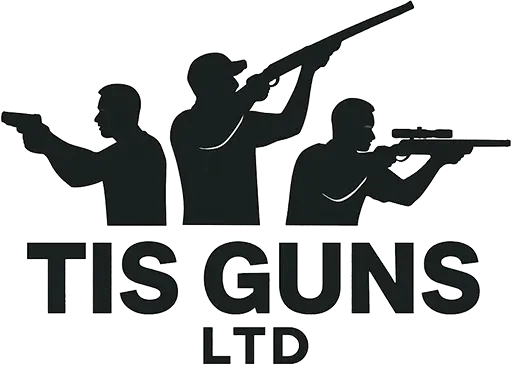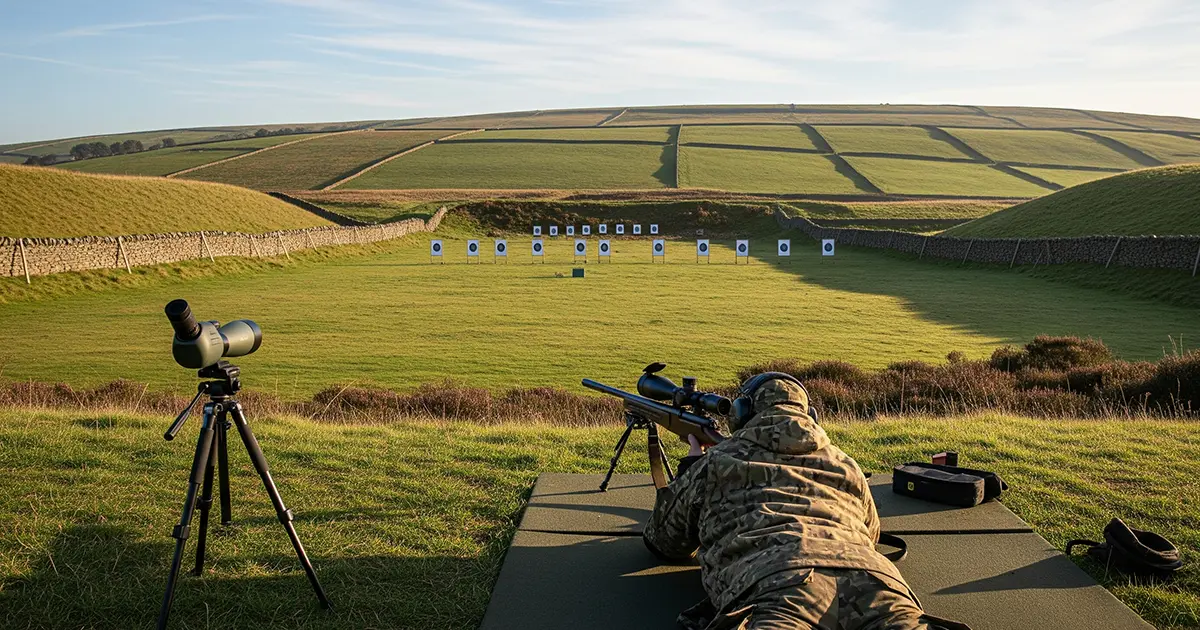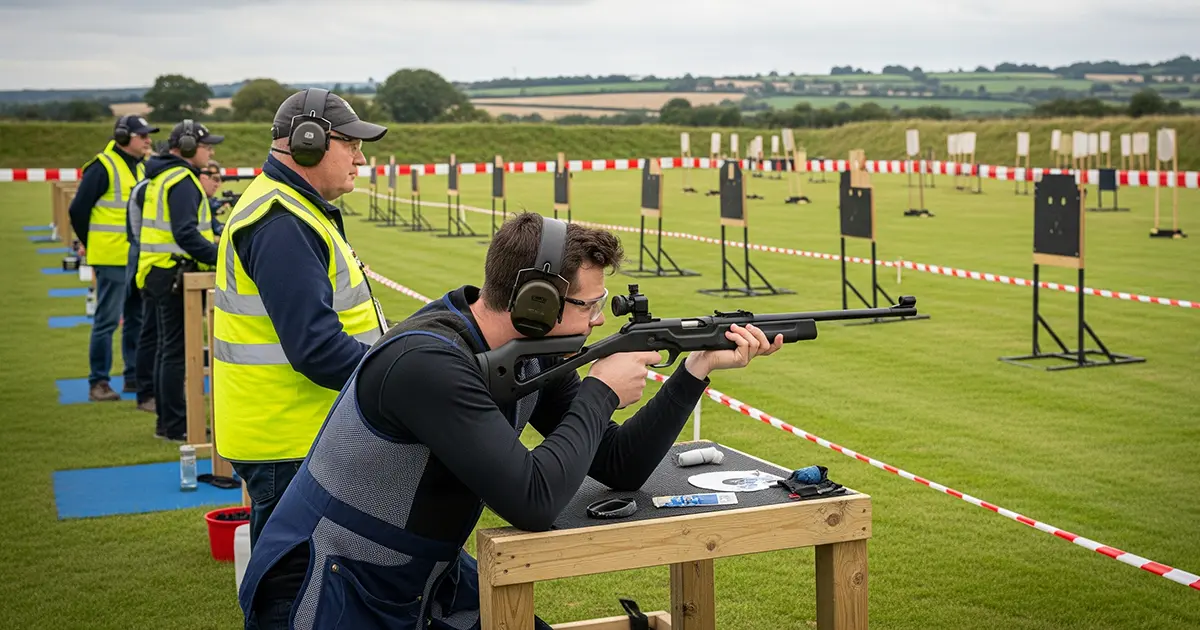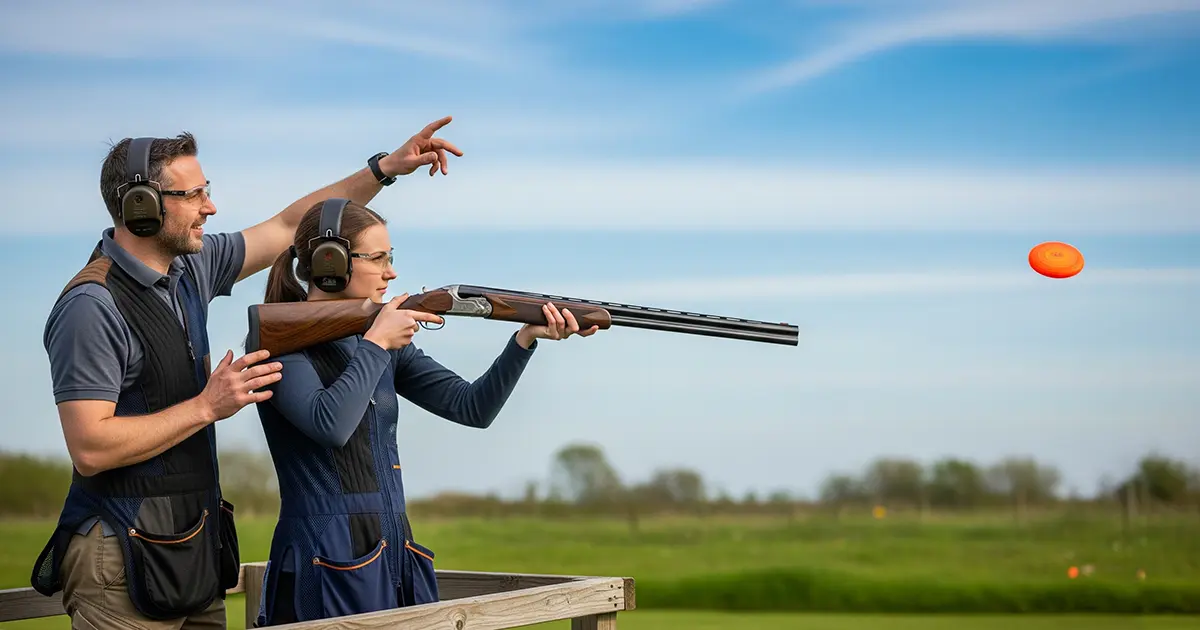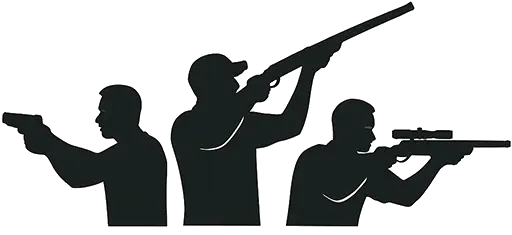Hitting a target at 100 yards is one thing. Doing it beyond 300 yards, with precision and consistency, is an entirely different challenge. Long-range shooting is part science, part skill, and part patience. For many newcomers, it can feel like stepping into another world of specialist kit, complex calculations, and environmental guesswork. The good news is that, with the right foundation, it becomes far less intimidating and a lot more rewarding.
At The Instinctive Shooter, we see beginners making the same mistakes time and time again. This guide walks you through the fundamentals so you can start with confidence and avoid wasting money or time.
Start With Realistic Expectations and a Plan
Long-range shooting is not a sport where you turn up, pull the trigger, and instantly produce sub-MOA groups. The journey requires investment in equipment, training, and patience.
Practical Tip:
Before you buy a rifle, make a list of everything you will need, including optics, bipod, rangefinder, ballistic software, ammunition, and safety equipment. Many new shooters spend their entire budget on the rifle, only to discover their optics are not up to the job.
Expert Insight – David Bellamy, The Instinctive Shooter:
“A good rifle with poor optics is like buying a sports car with budget tyres. It will work, but you will never see its full potential.”
Choosing the Right Rifle and Calibre
In the UK, popular long-range calibres include .308 Winchester, 6.5 Creedmoor, and .223 Remington. Each has its advantages. The .308 is a proven all-rounder, the 6.5 Creedmoor offers flatter trajectories, and the .223 is excellent for target work at moderate ranges.
Real-World Example:
We had a customer who bought a .308 for deer stalking but also wanted to try long-range target shooting. With the right load, he was able to do both effectively without needing a second rifle.
Practical Tip:
Think about your intended use first. If you want to hunt deer as well as shoot paper at 600 yards, your calibre choice will differ from someone purely interested in F-Class target shooting.
Optics – Spend Wisely
Your scope will often cost as much as your rifle, and for good reason. Long-range shooting requires precise adjustments for elevation and windage, as well as clear glass to spot impacts.
Key Features to Look For:
- Adjustable turrets with repeatable tracking
- Sufficient magnification for your chosen distance
- Quality glass for low-light performance
- Reticle suitable for holdovers and wind calls
At TIS Guns, we stock scopes from leading brands that meet these requirements without overcomplicating things for beginners.
Understanding Ballistics and External Factors
Once your kit is sorted, you need to understand what the bullet does after it leaves the barrel. Gravity, wind, temperature, humidity, and even air pressure all influence trajectory.
Practical Tip:
Start by learning how to read wind. Use visible cues like mirage, grass movement, or flags on the range. Even a 5 mph crosswind can push your bullet several inches off target at 500 yards.
Expert Insight – David Bellamy:
“You can buy the best rifle and scope in the world, but if you cannot read the wind, you will struggle to hit anything at distance.”
Finding a Suitable Range
In the UK, shooting beyond 300 yards often means joining a club with access to Ministry of Defence ranges or specialist facilities. These ranges have strict safety protocols, so be prepared for an assessment before you can shoot at extreme distances.
We can recommend local and national clubs that welcome new members and offer structured long-range training days.
Skill Over Kit
Many shooters fall into the trap of thinking a better rifle will improve their shooting overnight. In reality, consistent technique, correct rifle fit, and regular practice will take you further than expensive kit upgrades.
Actionable Advice:
- Dry-fire practice at home to perfect trigger control
- Learn proper shooting positions, including prone and supported
- Keep a shooting log to track conditions, ammunition, and results
Legal and Safety Considerations
In the UK, you need a valid firearms certificate for your rifle and ammunition. Shooting on private land requires permission from the landowner and confirmation it is safe for the calibre you intend to use. Always transport and store your rifle in accordance with UK law.
We offer advice on both the legal process for obtaining a certificate and practical storage solutions that meet Home Office guidance.
Next Steps
Long-range shooting is a discipline where the learning never stops. The key is to start with solid fundamentals, keep refining your technique, and seek advice from those with real-world experience.
If you are ready to take your first step into long-range shooting, visit The Instinctive Shooter. Whether you need a complete rifle package, a scope recommendation, or simply honest advice, we are here to help you hit your target.
Straight-Shooting Answers for New Long-Range Shooters
What Distance Counts As Long-Range Shooting in the UK?
Most UK shooters consider anything beyond 300 yards to be long-range. For many, the real challenge begins at 600 yards where environmental factors play a much bigger role in accuracy.
Do I Need a Special Rifle for Shooting Beyond 300 Yards?
Not necessarily. Many hunting rifles are capable of accurate shooting at these distances if paired with the right optics and ammunition, although precision-built target rifles offer more consistency.
What Is the Best Calibre for Beginners in Long-Range Shooting?
The .308 Winchester is a popular and versatile choice due to its availability, manageable recoil, and proven performance. The 6.5 Creedmoor is also well-liked for its flatter trajectory and reduced wind drift.
How Do I Learn to Read the Wind?
Start by paying attention to range flags, mirage through your scope, and movement in grass or trees. Practise in varied conditions and note how changes affect your shots so you build a reference for future sessions.
Can I Practise Long-Range Shooting on My Own Land?
Yes, but only if the land is suitable and safe for the calibre you are using, and you have the necessary firearms certificate. Always confirm with your local police firearms department and follow all safety protocols.
How Much Should I Budget for Getting Started?
A realistic beginner budget for rifle, scope, and basic accessories can start around £1,500 to £2,000. This does not include club membership, range fees, or ongoing costs such as ammunition.
Do I Need Ballistic Software or Can I Rely on Scope Markings?
Ballistic apps are extremely useful for learning and predicting bullet drop at different ranges. While scope reticles with holdover marks help, a ballistic calculator gives you more precise adjustments based on real conditions.
